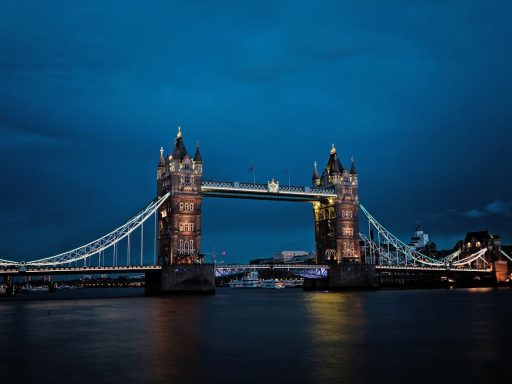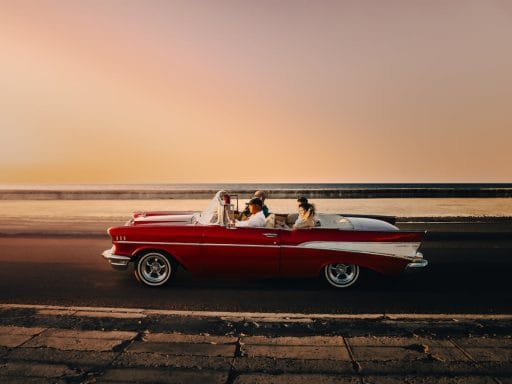Russia, the world’s largest country, has a rich history and a diverse ethnic population. Despite its history of invasions, monarchy, and the 20th-century Soviet regime, this country is home to a large number of wealthy people. All of these qualities are seamlessly taken care of by its capital Moscow.
The city has a special heart for architecture, as made evident by its art, parks, cathedral, spectacular views, and theatrical traditions. The styles of these buildings differ, making them distinct from one another. In general, Russian architecture is a mix of magnificence and practicality, with homage to the country’s traditional history of Soviet oppression, nobility, and inhospitable landscapes. Moscow, the capital city, takes pride in this Russian aesthetic, preserving architecture in the Baroque and Russian-revival styles, as well as the highly-regarded Russian and Impressionist art styles.
Considering Moscow is part of such a large country, sticking to conventional architectural principles will only make the city look uninteresting. There is no harm in drawing inspiration from architecture from all around the world; the city has done its duty by establishing structures that resemble architecture from the Eastern hemisphere. You’ll have to get Russian visa support to check out the resemblance.
Arseny Morozov House, Vozdvizhenka Street
Victor Mazyrin designed and built this house in 1899, and it is a sight to behold. Arseny Morozov, a wealthy and a friend of the architect, commissioned this house. The structure is influenced by the modern empire, Moorish revival, and Barocco characteristics. This residence is regarded as a significant cultural landmark in Moscow. In one of his well-known works, Leo Tolstoy mentions the Arseny family’s home.
Perlov Tea House, Myasnitskaya Ulits
Sergey Perlov, a wealthy tea trader, planned to construct a tea and coffee shop in the city’s heart. Roman Klein met his wish, and the home was completed by 1890. The Perlov Tea house was plain initially, with no influence from Chinese decorative aspects. Six years later, Sergey felt compelled to impress some Chinese traders who were visiting Moscow, so the Chinese accents were added. Since then, the house’s distinct look has stimulated the interest of locals, making it one of the most popular stores in the city.
House of Shamsi Asadullayev
This house was established to create cultural centers for Muslims in Moscow; however, it served several other purposes during the twentieth century. Shamsi Asadullayev, an oil trader, came up with the concept for this project, which Vladimir Krauze executed in 1914. A school, typography for a Tatar language publication, a gathering place for Muslim youth, and a variety of other activities have all been housed in the building. The majority of the building’s design is influenced by architecture, as evidenced by the shapes of the windows, arches, and doorways. By applying for a Russia Visa, you can also participate in this house’s activities.
Also read: Trending Bakery Names to Go Viral
Moscow Cathedral Mosque
This mosque was renovated in 2015, and the 1904 version of this mosque was open throughout the Soviet Union’s control. The old version of the mosque had reached the end of its lifespan and needed to be rebuilt. Nikolay Zhukov designed this reformed mosque in 2015, enhancing the interiors with Canadian marbles that contrast with the walls covered with verses. Turkish masters created the design for these walls. This mosque spans many storeys and serves as a place of worship, a conference center, and a museum. The mosque has roughly seven elevators, making it easy for those with special needs to navigate the building.
Russia is the world’s largest country, and it appears to be larger than Pluto. Moscow, the country’s capital, is home to multiple UNESCO world historic sites and proudly shows the architecture of the country. Only 2% of the actual Moscow population resides in the city and the city is the country’s cultural, political and economic hub. This city is a spiritual hotspot since it’s home to Russia’s Orthodox Church, which is almost 600 years old. The above-mentioned structures in Moscow are influenced by Eastern civilization and you should visit them during your travels to this luxurious city.






